Tag: Wearables
-
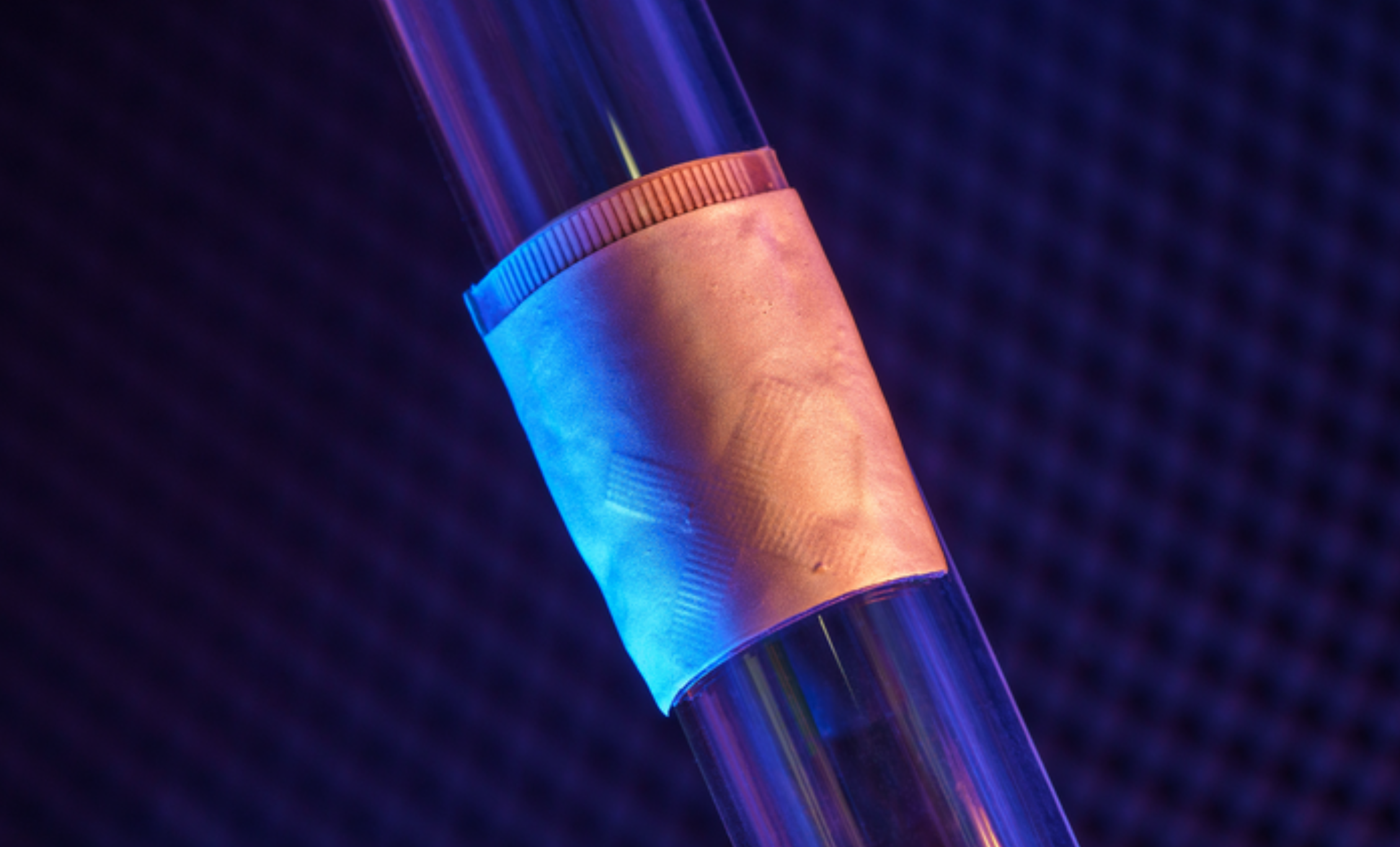
Wearable cardiac ultrasound continuously monitors heart structure, function for 24 hours
UCSD professor Sheng Xu has developed a wearable ultrasound device that can continuously monitor and assess the structure and function of the human heart for 24 hours, during normal daily activity. This could eliminate the need for highly trained technicians and bulky devices. Signs of cardiac diseases are transient and unpredictable, and imaging can detect…
-

Small sticker-sensor continuously analyzes breath for broad health monitoring
Heibei University, Tianjin Hospital, Beihang University, and Penn State researchers have developed an under nose-worn, stretchable, skin-friendly, waterproof sensor to analyze breath for health monitoring. It could be use for multiple-condition screening, asthma and COPD management, or environmental hazard sensing, among other applications. The functional gas sensor, in a moisture-resistant membrane, can operate in humid…
-
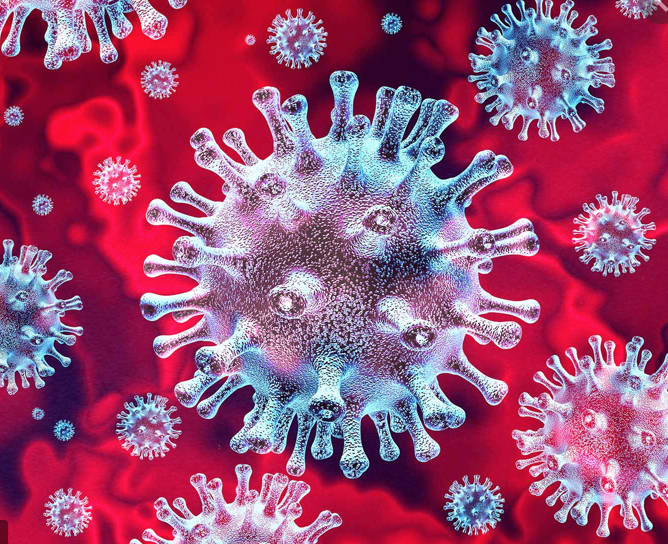
Presymptomatic COVID detection with wearables
Stanford’s Michael Snyder and colleagues have used smartwatch data to detect early, presymptomatic COVID-19 in 31 individuals out of a cohort of 5,000. They demonstrated that COVID-19 infections are associated with alterations in heart rate, steps and sleep in 80% of cases. Physiological alterations were detected prior to, or at, symptom onset in 85% of…
-
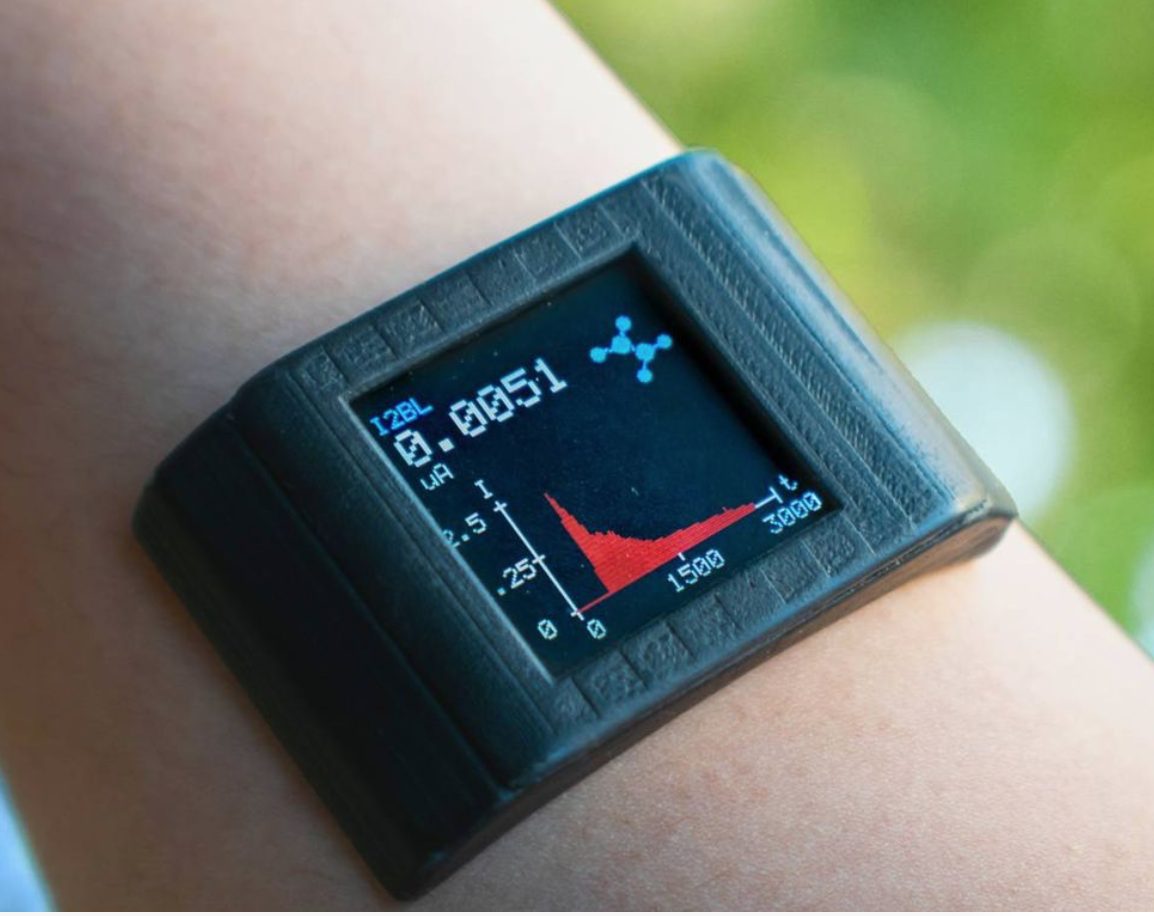
Sweat sensor monitors drug levels, informs dosage
Sam Emaminejad, Shuyu Lin, Carlos Milla, Ronald Davis and UCLA and Stanford colleagues have developed a watch which monitors drug levels inside the body by analyzing a wearer’s sweat. The goal is individually tailored drug dosages. Dosages are currently prescribed based on statistical effectiveness averages driven by weight and age. However, constantly changing body chemistry…
-

First nutrition monitoring wearable tracks vitamin C; could be useful in COVID treatment
UCSD’s Joe Wang has again disrupted chemical sensing, by creating a wearable vitamin C sensor, which is a departure from now common vital sign and activity sensing wearables. This is the first time a wearable has been used to track nutritional intake, a key component of general health and disease prevention. Vitamin C cannot be…
-
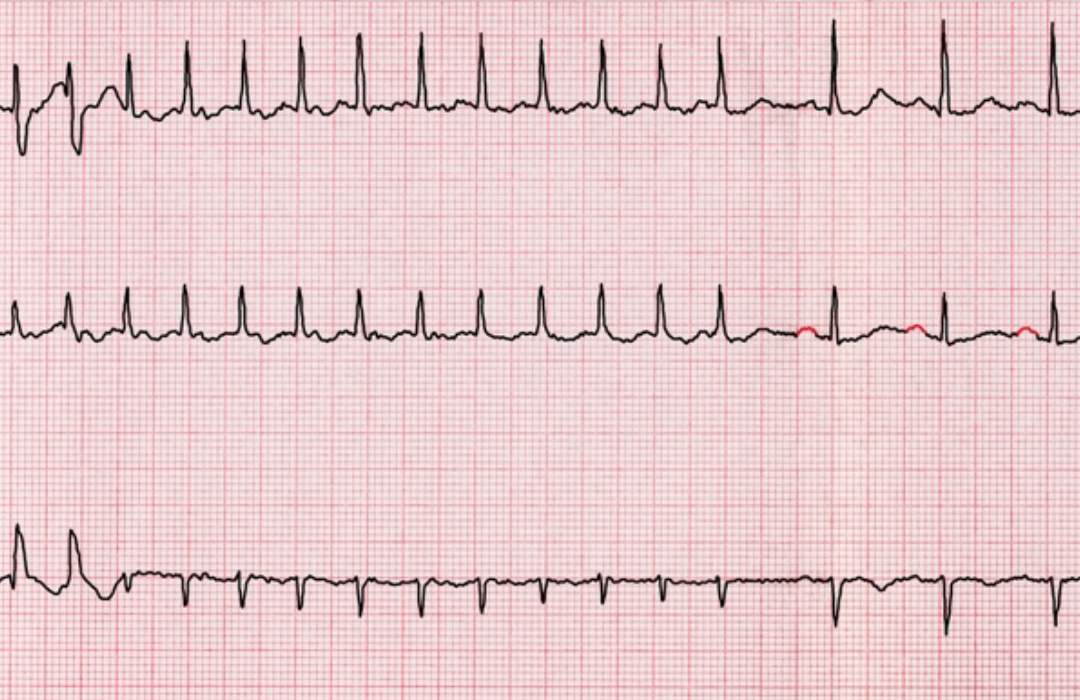
Atrial fibrillation-detecting ring
Eue-Keun Choi and Seoul National University colleages have developed an atrial fibrillation detecting ring, with similar functionality to AliveCor and other watch-based monitors. The researchers claim that the performance is comparable to medical grade pulse oximeters. In a study, Soonil Kwon and colleagues analyzed data from 119 patients with AF who underwent simultaneous ECG and photoplethysmography…
-

Fingertip wearable measures disease-associated grip strength
IBM researchers are studying grip strength, which is associated with the effectiveness of Parkinson’s drugs, cognitive function in schizophrenics, cardiovascular health, and elderly mortality. To better understand these markers, Steve Heisig, Gaddi Blumrosen and colleagues have developed a prototype wearable that continuously measures how a fingernail bends and moves. The project began as an attempt to…
-
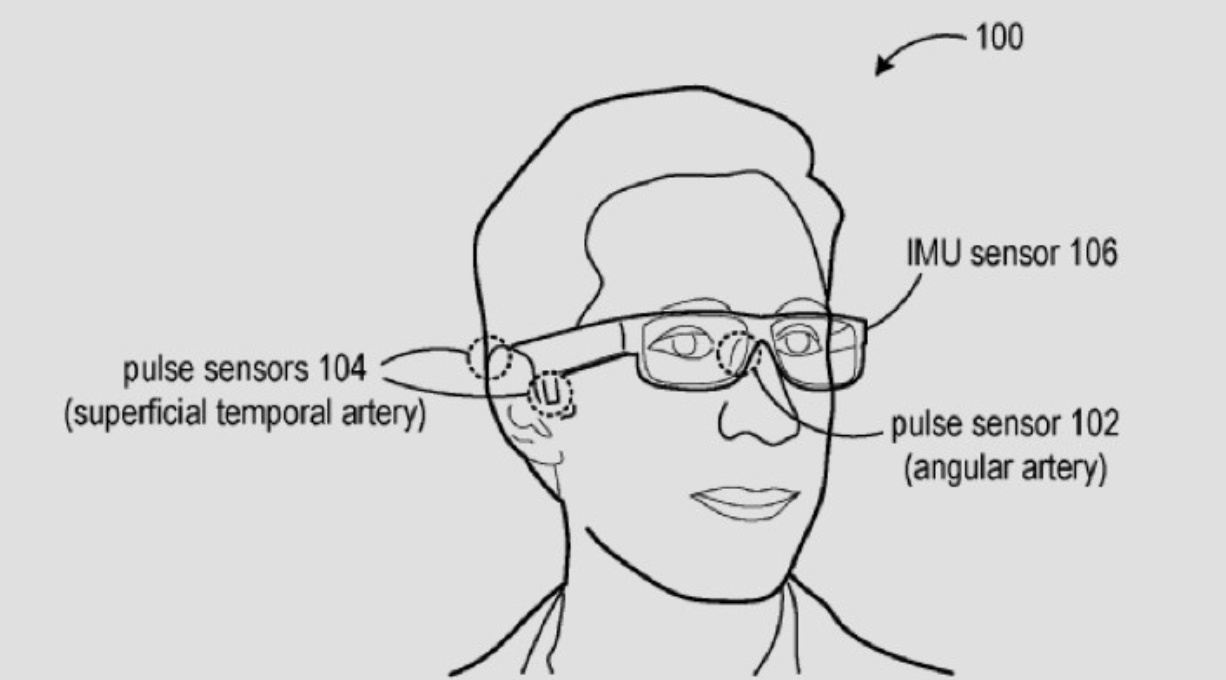
Continuous blood pressure monitoring glasses
Microsoft’s Glabella glasses, developed by Christian Holz and Edward Wang, will have integrated optical sensors that take pulse wave readings from three areas around the face, according to their recently granted patent. Blood pressure is calculated by measuring the time between when blood is ejected from the heart and reaches the face. The researchers believe that…